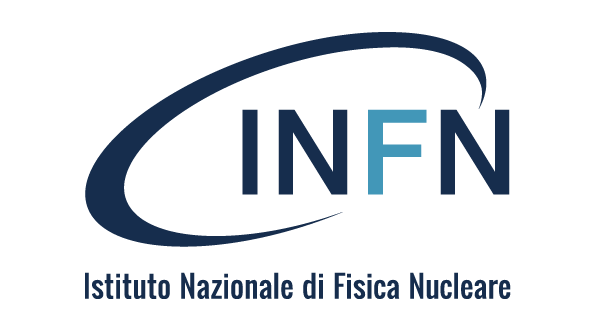PEOPLE
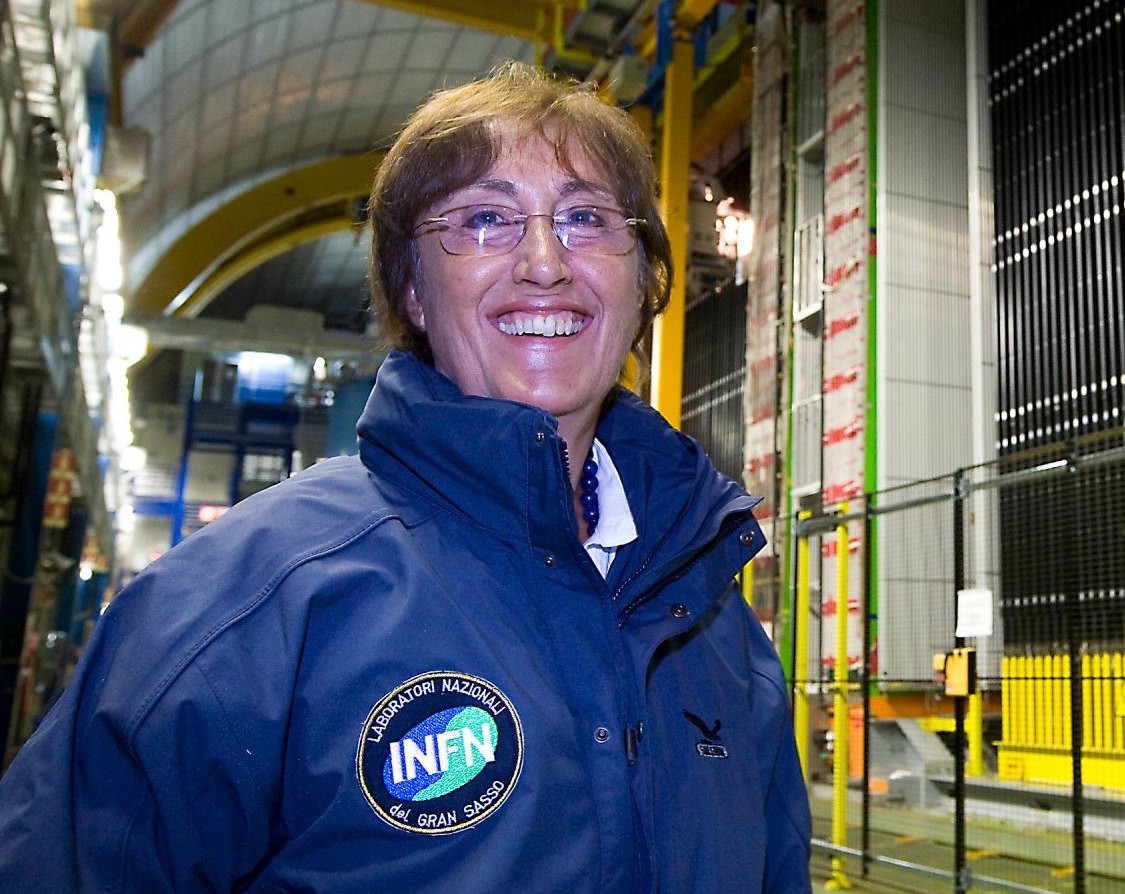
INTERNATIONAL DAY OF WOMEN AND GIRLS IN SCIENCE: WHY WE STILL NEED IT
Interview with Lucia Votano, research director emerita of INFN, from 2009 to 2012 director of the INFN Gran Sasso National Laboratories and member of the JUNO collaboration for the construction of an underground neutrino observatory in southern China.
“I Science, She Science, We Science, be Innovative, Be Creative, Be a Leader, for the People, for the Planet” is the motto of the 2022 edition of the International Day of Women and Girls in Science, celebrated on last February the 11th and established seven years ago by the UN with the aim of facilitating closing the gap that still exists in the world of research, where men are still in a clear majority and have even greater access to the most leadership positions. To date, the UN notes, women account for 33.3% of researchers and have a presence of only 12% in Science Academies. Although the number of female researchers is gradually increasing, in the absence of an incisive change in trend, this disparity will persist for a long time, also considering how little women are represented in emerging fields, such as artificial intelligence, where only one in five (22%) professionals are women, and there are still few women graduating with degrees in engineering (28%) and computer science (40%). The problem is also widespread in Italy, where only 16% of girls graduate from science schools compared to 37% of boys. ; ...
Lucia Votano, what are the gender stereotypes that still affect women's access to scientific careers and recognition of their merits?
Observing the Italian society focusing on the combination of the two words "science" and "women", I am convinced that the list of stereotypes is quite long, and that trained eye and mind are required to recognise them. We can divide them into several categories that sometimes are even combined with humorous effects.NEWS
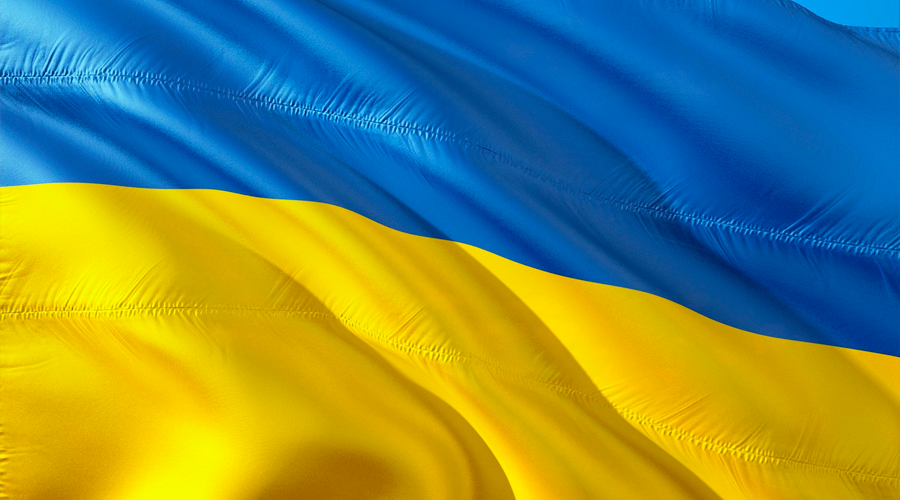
INFN MESSAGE FOR UKRAINE
The INFN Italian National Institute for Nuclear Physics shares the strong and firm position of the European Union and of the Italian Government to condemn Russia's aggression against Ukraine, as well as any form of oppression among states and people, in the name of respect, confrontation and cooperation. These are the only and essential tools to have democratic states, guarantee the freedom of people, and achieve the progress of society. This is what science shows us every day as researchers, this is what we want to represent every day as a public scientific institution of a free and democratic State, these are our values.
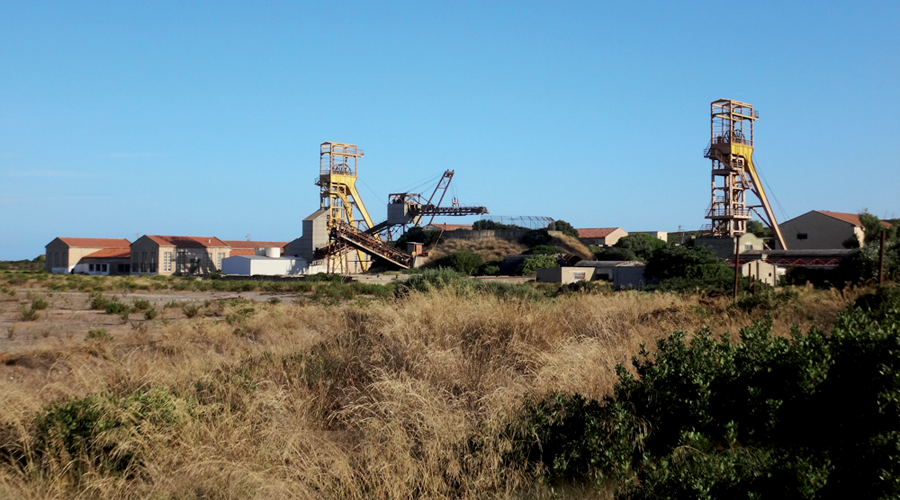
RESEARCH INFRASTRUCTURE
ARIA PROJECT: AGREEMENT TO SUPPLY ARGON FROM COLORADO AND NEW TECHNOLOGY CONFIRMATION
The visit to the United States of INFN and the Sardinia Region for the ARIA project was successfully carried out in February. The visit was also attended by the Consul General in Houston Federico Ciattaglia and led to the confirmationof agreements for the supply of argon from Colorado, which will then be treated in the ARIA plant in Seruci, before being sent to the Gran Sasso National Laboratory for it use in the DarkSide-20k experiment.
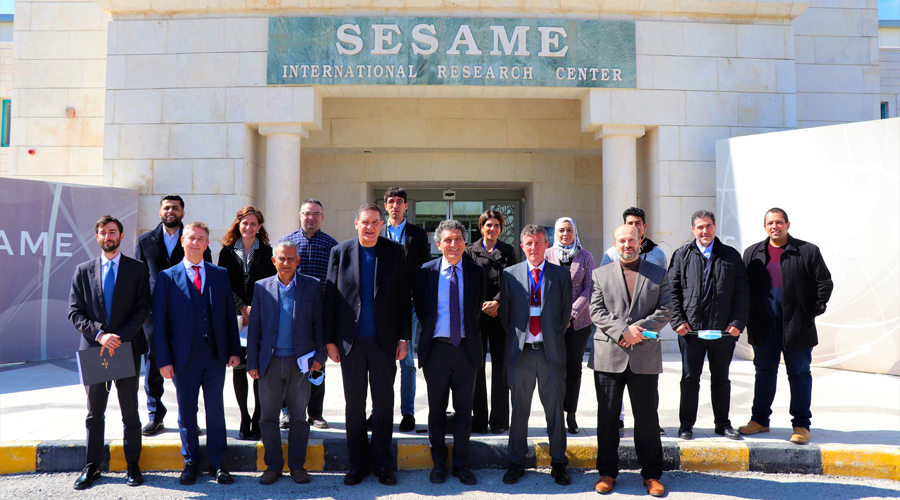
INTERNATIONAL COLLABORATION
CASSESE, THE AMBASSADOR TO JORDAN, INAUGURATES THE ENTRY OF SESAME IN INFN-CHNET
On 15 February, at the Synchrotron-light for Experimental Science and Applications in the Middle Est (SESAME), the Ambassador of Italy to Jordan, Fabio Cassese, inaugurated a new laboratory of the INFN network dedicated to cultural heritage (CHNet), at Allan. The ceremony took place in the presence of the Director of SESAME, Khaled Toukan, and numerous members of the scientific community.
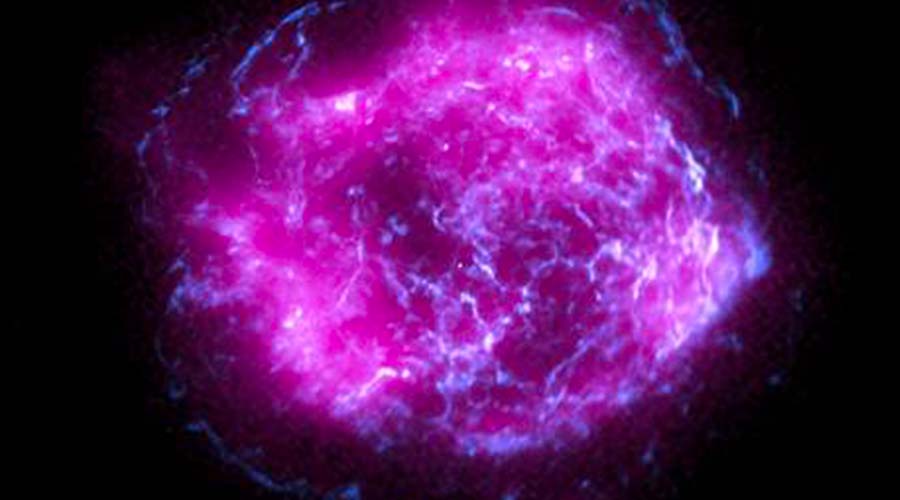
SPACE
THE FIRST SPECTACULAR IMAGE FROM NASA's IXPE SPACE TELESCOPE
The NASA IXPE (Imaging X-Ray Polarimetry Explorer) space telescope, launched on 9 December 2021 from Cape Canaveral and now in orbit approx. 600 kilometres above the Earth's equator, has sent the first image to earth since the completion of its month-long commissioning phase.
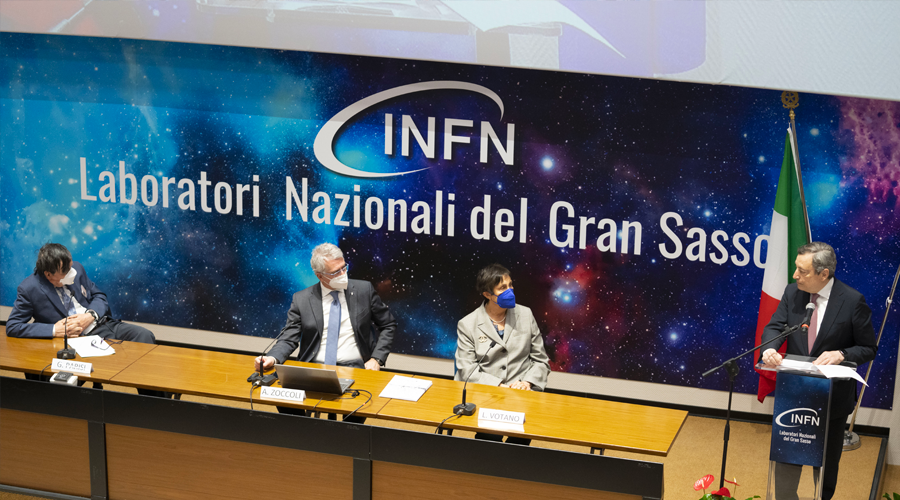
INSTITUTIONS
PRIME MINISTER MARIO DRAGHI AND THE NOBEL PRIZE WINNER GIORGIO PARISI AT THE GRAN SASSO NATIONAL LABORATORIES
On 16 February last, the Italian Prime Minister, Mario Draghi, visited the INFN Gran Sasso National Laboratories, together with the 2021 Nobel Prize Winner for Physics, Giorgio Parisi, and met the scientific community during an event in the presence of the Minister of University and Research, Maria Cristina Messa, and with the participation of local institutions.
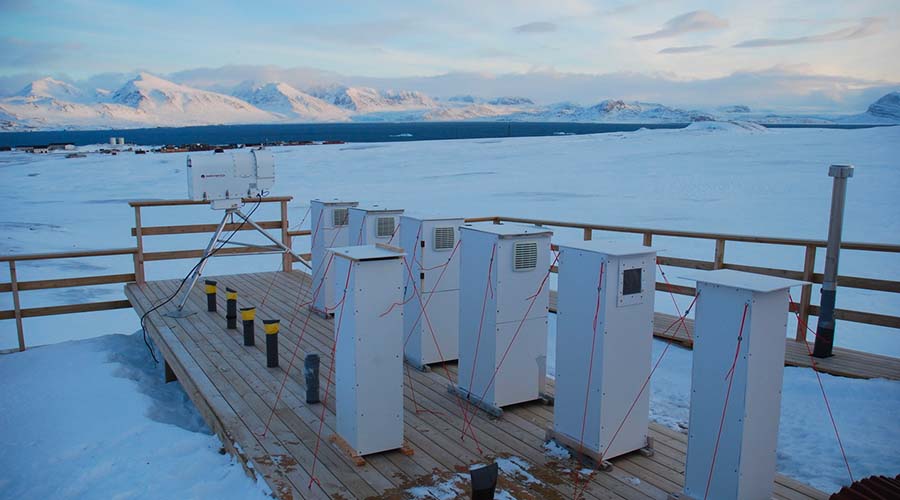
APPLIED RESEARCH
NO SEASONAL VARIATION FOR ORGANIC AEROSOLS
A recent survey on the chemical composition and concentration of Arctic atmospheric particulate matter has shown that the Arctic, the area of the globe most subject to the effects of climate change, is characterised by a substantial equivalence between the abundance of natural organic aerosols detected in the summer period and the amount of anthropogenic organic aerosols found in the winter season.
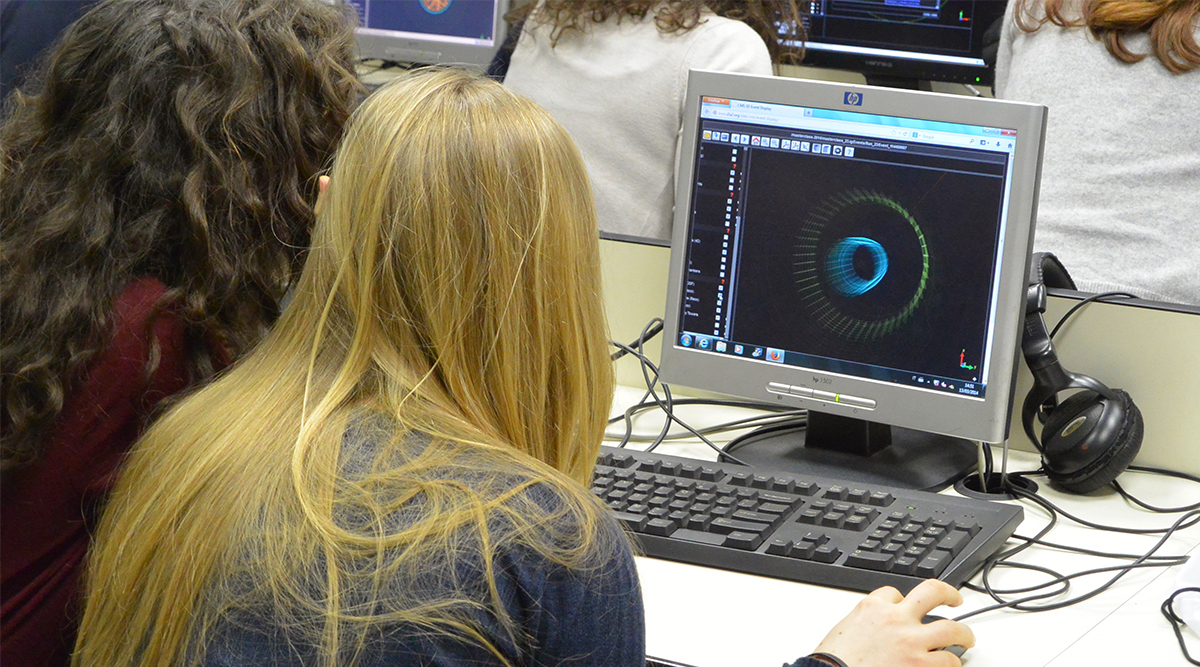
OUTREACH
THE 18TH EDITION OF THE PARTICLE PHYSICS MASTERCLASSES STARTED
The 18th edition of the International Masterclass on Particle Physics, the initiative that involve thousands of high school students from all over Italy and the world in a journey to discover the infinitely small, got underway on 24 February last.
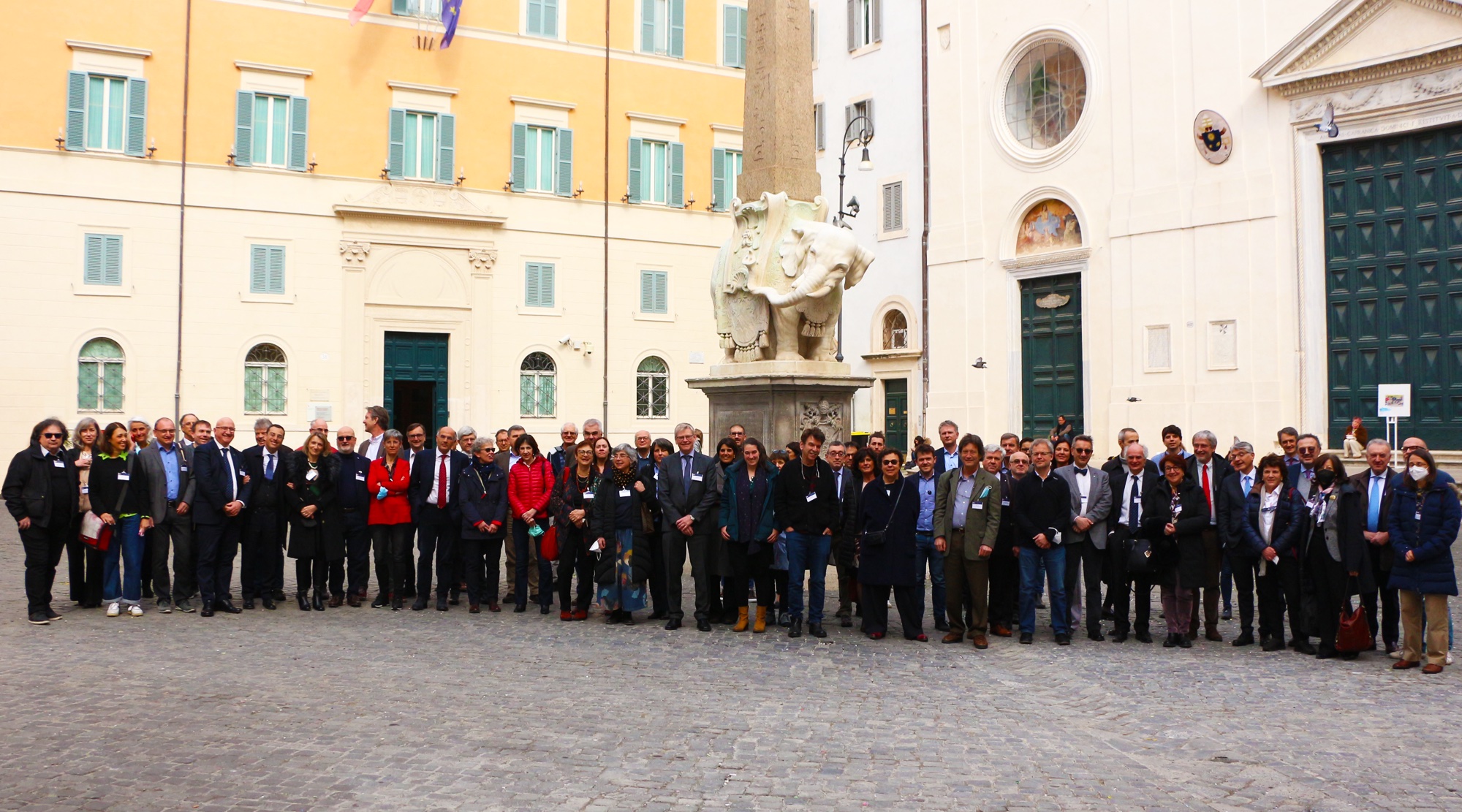
EVENTS
RECFA MEETS INFN
On March the 4th, INFN hosted the first of the 2022 meetings of rECFA, the restrict European Committee for Future Accelerators coordinated by Karl Jakobs. Ten years after the meeting hosted by INFN National Laboratories in Frascati, rECFA has returned to visit Italy.
FOCUS
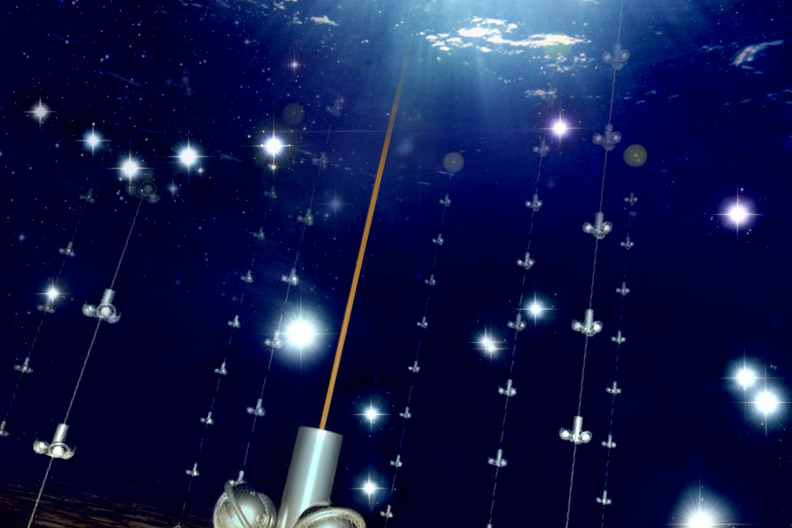 THE ANTARES ADVENTURE HAS COME TO AN END: THE BATON GOES TO KM3NeT
THE ANTARES ADVENTURE HAS COME TO AN END: THE BATON GOES TO KM3NeT
In mid-February 2022, after 16 years of operation, the scientific and technological adventure of ANTARES, the first neutrino underwater telescope ever built in the sea, came to an end. Situated 40 km off the coast of La Seyne-sur-Mer, near Toulon (France), ANTARES, the result of a European collaboration that included INFN among its main contributors, has in fact completed its mission, demonstrating the validity of the technological solutions of KM3NeT, the ambitious multi-site research project under construction in the waters of the Mediterranean Sea, which aims to create a large network of undersea neutrino detectors. ...
TAKE PART IN
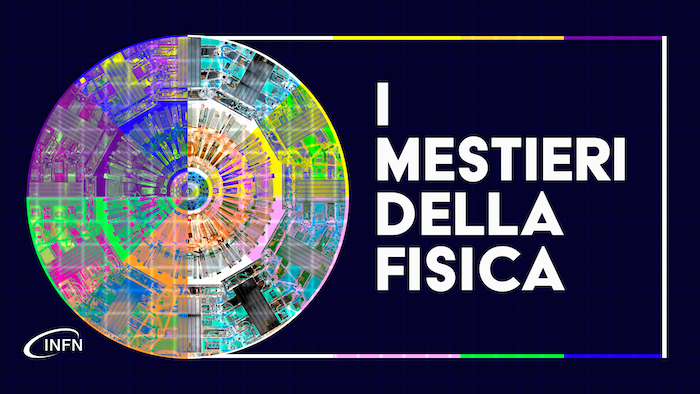 GUIDANCE MEETINGS TO DISCOVER JOBS IN PHYSICS
GUIDANCE MEETINGS TO DISCOVER JOBS IN PHYSICS
From 16 March to 25 May, INFN is inviting students in the three years of high school to follow "Jobs in physics", a series of six meetings live on the INFN YouTube channel to discover the potential of a degree in physics. ...
INFORMATION AND CONTACT
Images cover
Cover image: Ukrainian flag
INFN - COMMUNICATIONS OFFICE
comunicazione@presid.infn.it
+39 06 6868162
EDITORIAL BOARD
Coordination:
Francesca Scianitti
Project and contents:
Cecilia Collà Ruvolo, Eleonora Cossi, Matteo Massicci, Anna Greco, Francesca Mazzotta, Francesca Scianitti, Antonella Varaschin
Design and Mailing Coordinator:
Francesca Cuicchio
Gaia Stirpe
Translation
ALLtrad
ICT service:
Servizio Infrastrutture e Servizi Informatici Nazionali INFN
Collaboration on this issue:
Diego Tonini, INFN Ufficio Trasferimento Tecnologico
